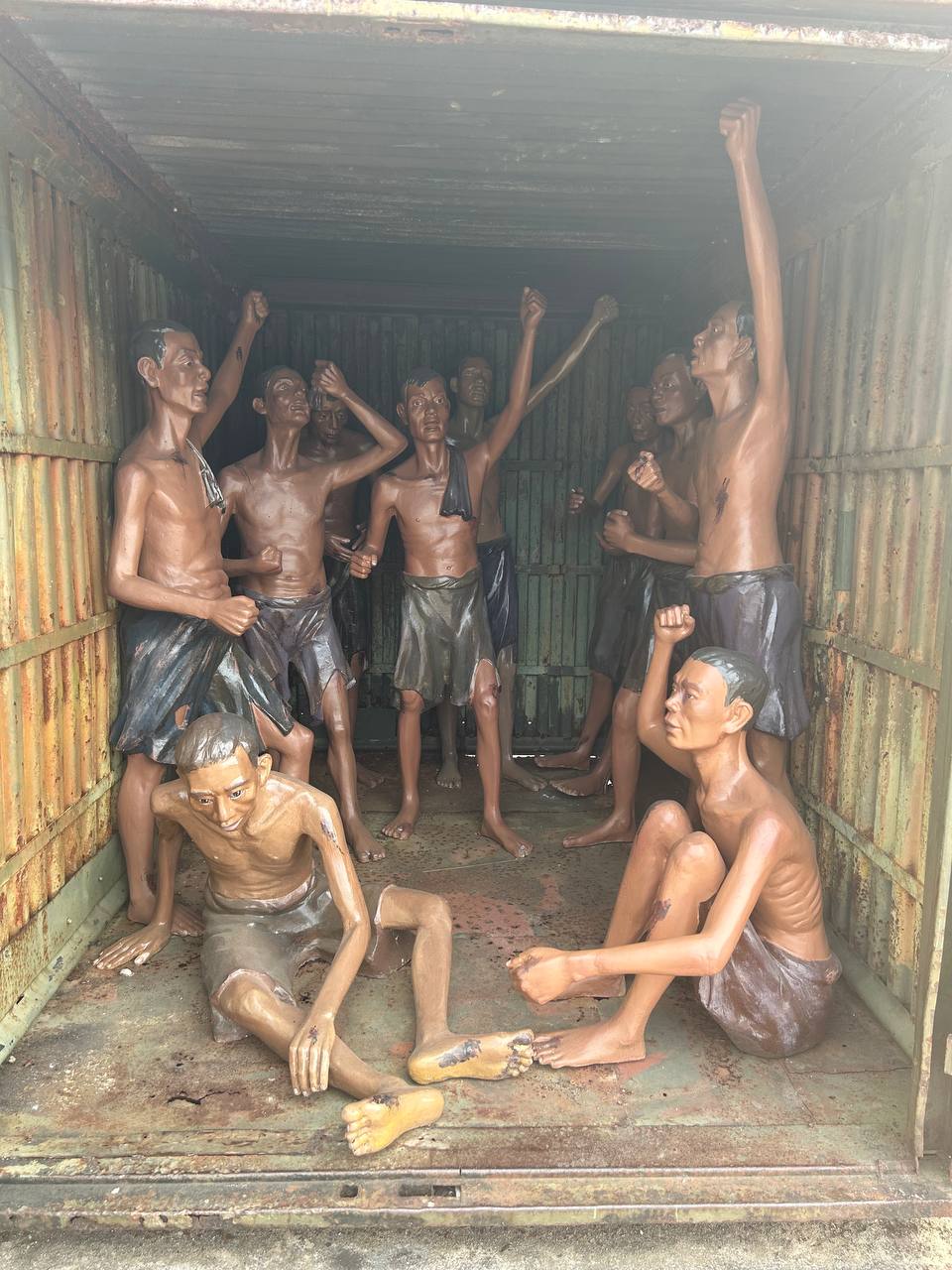South Vietnam was a state that not only existed in the southern portion of Vietnam under a number of different names, but was also one of the most important in the world due to its role in the Vietnam war.
The initial modern state that was known as South Vietnam came into being following the the 1954 Geneva Peace Accords which ended the war between France and the various players fighting for the independence of Indochina.
Said agreement saw the independence of the Kingdom of Cambodia, the Kingdom of Laos, the Democratic Republic of Vietnam and what would ;after become the Republic of Vietnam.
It was initially proposed that elections would be held to unify the country, although this was stopped by Americans after the ceasefire of the Korean War and overall fear of falling dominoes.
Table of Contents
The State of Vietnam
Despite what many believe prior to the French colonization of the country there was no actual State of Vietnam, instead it was known as Cochinchina, or after the French arrived French Cochinachina alongside the southern part of the Annam protectorate, and was administered as a separate colony to the North. This was a point that would later be used as a pretext for keeping the country divided.
In 1949 the State of Vietnam was formed within the French Union with Emperor Bai Dai as head of state. Initially it claimed jurisdiction over Northern Vietnam, although this changed following full independence in 1954.
Bai Dai was overthrown in 1955 from where the State of Vietnam became the Republic of Vietnam, with Saigon as its capital.

The Republic of Vietnam
As the Republic of South Vietnam the state would survive largely as is for 20 years until 1975, initially at least as a democracy promoted by the west, before it would descend its dictatorship and indeed anarchy.
The government under Diem was initially promised communistic changes such as land reform to ward against the threat of Peoples War from the Viet Cong. Alas these did not happen and as the war spread so did communist influence, meaning that many areas were no longer under government control.
After losing the support of the local elite, as well as the United States under President Kennedy Diem’s time was soon to be over.
In 1963 Dương Văn Minh took over the country after numerous incidents of civil unrest and disobedience in a coup where Diem was killed. His government lasted just a few months before it was overthrown by Nguyễn Khánh – whose government would last just a few years before he was also exiled.
The next leader, namely Nguyễn Văn Thiệu would last ten years until its defeat in the Vietnamese war and transition into the Provisional Revolutionary Government of the Republic of South Vietnam
Provisional Revolutionary Government of the Republic of South Vietnam
Despite what many believe North Vietnam was not technically at war with South Vietnam, but was rather fighting against the indigenous rebellion from the National Liberation front of South Vietnam. In 1969 they had setup a shadow government, the Provisional Revolutionary Government of the Republic of South Vietnam which was recognized by a number of socialist states, as well as randomly Malta. This meant that at the 1973 Paris Peace Accords they were represented as a separate entity to both South Vietnam and North Vietnam.
They existence continued until the fall of Saigon and the replacement of its government with that of the Provisional Revolutionary Government of the Republic of South Vietnam, which would last from April 30th 1975 until July 2nd 1976 when the country was reunified.
Initially though was not a fair accompli that the two states would reunite and at one stage both states had petitioned to become members of the United Nations, which of course did not happen.
Since then Vietnamese reunification has been seen as one of the few success stories within the genre. Following reunification the region became increasingly important with regards to building socialism both locally and internationally.
Many South Vietnamese were put in labour camps accused of collaboration with the former regime, while the region was also used for the invasion of Democratic Kampuchea. This saw the Vietnamese invade alongside former Khmer Rouge cadres many of whom were from South Vietnam and part of the Khmer Krom ethnic group.
Can you visit South Vietnam?
As per the YPT rules of engagement about visiting former countries, which you can read about here, South Vietnam duly qualifies and thus can be visited.
We personally visit South Vietnam on our Ultimate South-East Asia Tour.





